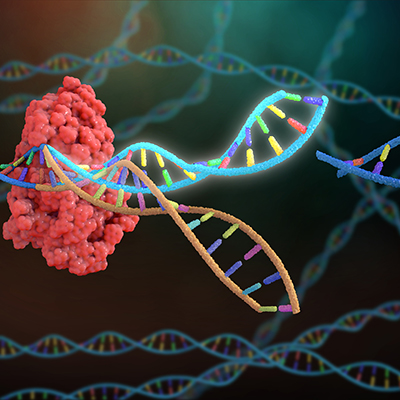November 23, 2022 -- While nucleic acid therapies have the potential to treat genetic disorders, infectious diseases, and cancer, recent research suggests that less than 1% of injected nucleic acid doses reach target cells in an active form. However, Australian researchers have suggested ways of overcoming the challenges in delivering nucleic acid therapeutics.
In an article published November 23 in the journal WIRES Nanomedicine and Nanobiotechnology, scientists from Australia's Monash University focus on two of the major barriers to nucleic acid delivery and how they might be overcome.
"Controlling the sub-cellular delivery of DNA and RNA is the next major frontier for biotherapeutics. If we can overcome these barriers, DNA and RNA technology has the potential to revolutionize the treatment of a range of diseases," corresponding author Angus P.R. Johnston, PhD, of Monash University, said in a statement.
The authors point out that delivery to target cells and transport to the sub-cellular compartment, where the nucleic acids are therapeutically active, represent the most significant challenges. They explore how nanoparticle delivery systems can be modified with targeting molecules to increase accumulation in specific cells, and how the composition of the nanoparticle can be engineered to manipulate or disrupt cellular membranes and facilitate delivery to the optimal sub-cellular compartments.
"We explore how nanoparticles can be modified with targeting ligands to increase accumulation in specific cells, and how the composition of the nanoparticle can be engineered to manipulate or disrupt cellular membranes and facilitate delivery to the optimal subcellular compartments," the authors wrote. "With intelligent material design, nanoparticle delivery systems have been developed to deliver nucleic acids that silence aberrant genes, correct genetic mutations, and act as both therapeutic and prophylactic vaccines."
Copyright © 2022 scienceboard.net









